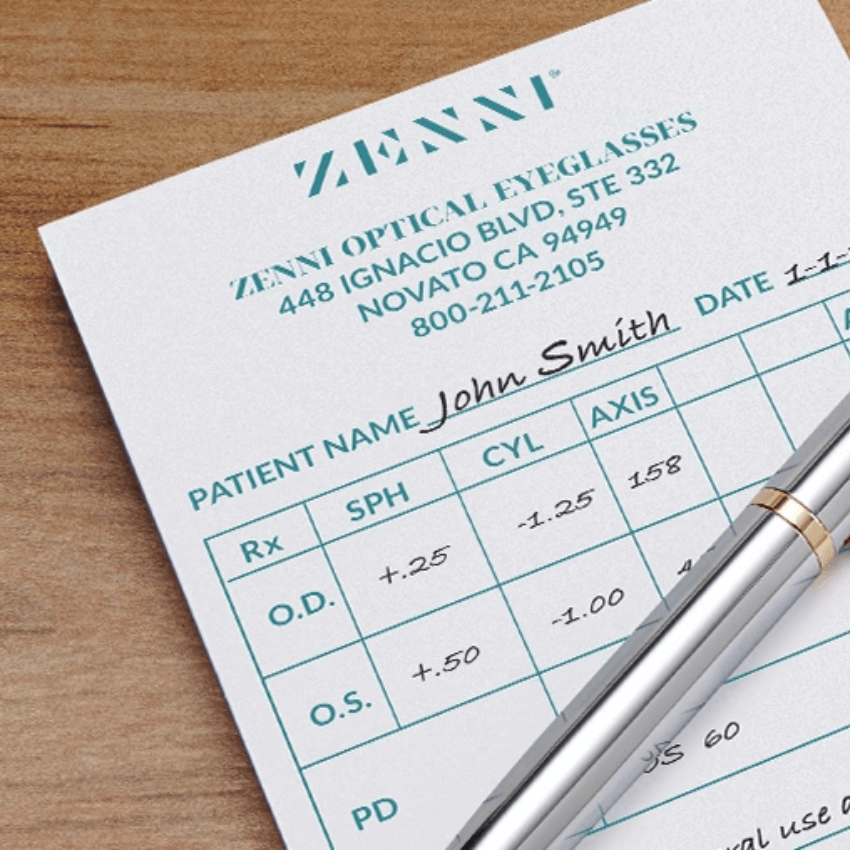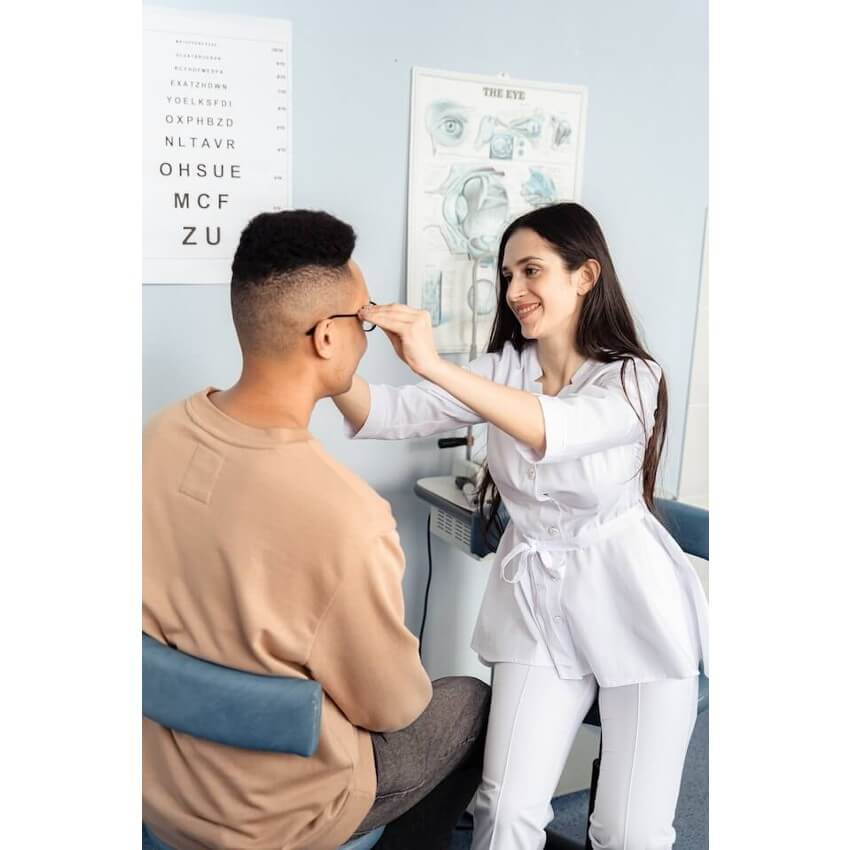Deciphering Your Eye Prescription: A Comprehensive Guide
- BY Dr. Steven Liem
- IN Eye Health

Eye prescriptions can seem daunting with their collection of abbreviations and numbers. However, understanding them is the first step towards better eye health. We’re here to remove the mystery behind these important documents and help you become an informed participant in your own eye care journey. Let’s break down what you need to know.
Understanding the Basics
An eye prescription is essentially a series of measurements that indicate how your lenses should be crafted to correct your vision. There are four main components: sphere (SPH), cylinder (CYL), axis, and add power. Each section is involved in correcting different vision challenges such as myopia (nearsightedness), hyperopia (farsightedness), astigmatism, and presbyopia.
- SPH (Sphere): This indicates the amount of lens power, measured in diopters (D), prescribed to correct myopia (negative (-) sign) or hyperopia (positive (+) sign).
- CYL (Cylinder): This measurement corrects astigmatism, a refractive error causing blurry vision due to an irregularly shaped cornea. The number is also written in diopters.
- Axis: This refers to the orientation of your astigmatism, measured in degrees from 1 to 180.
- Add Power (ADD): Only present in bifocal or progressive lenses, this denotes the additional magnifying power needed to correct presbyopia, a condition associated with aging that affects near vision.
You might also notice ‘OD’ (oculus dexter), ‘OS’ (oculus sinister), and ‘OU’ (oculus uterque) on your prescription, referring to your right eye, left eye, and both eyes respectively.

Taking the Next Steps
Now that you’ve got a basic understanding of your prescription, you’re ready to explore your eyewear options. Whether you need reading glasses, progressives, or customized lenses for astigmatism, Zenni Optical offers a wide range of high-quality, affordable options that cater to your specific needs and lifestyle.
Choosing the Right Glasses
When selecting frames, consider your face shape, skin tone, and personal style. This way, you’ll not only correct your vision but also make a fashion statement. If you spend a lot of time using digital devices, consider adding a blue light filter to protect your eyes from digital eye strain. For those who spend time outdoors, Transitions lenses or prescription sunglasses are excellent choices.
Maintaining Eye Health

Understanding your prescription is just one part of maintaining good eye health. Regular eye exams are crucial, as they not only ensure your prescription is up-to-date but also detect potential eye diseases in their early stages. Remember, proactive eye care is the best way to preserve your vision in the long run.
Decoding your eye prescription might seem complicated at first, but with a little knowledge and guidance, it becomes a manageable task. Armed with this understanding, you’re equipped to make the best decisions for your eye health and find the perfect eyewear suitable for your needs.




